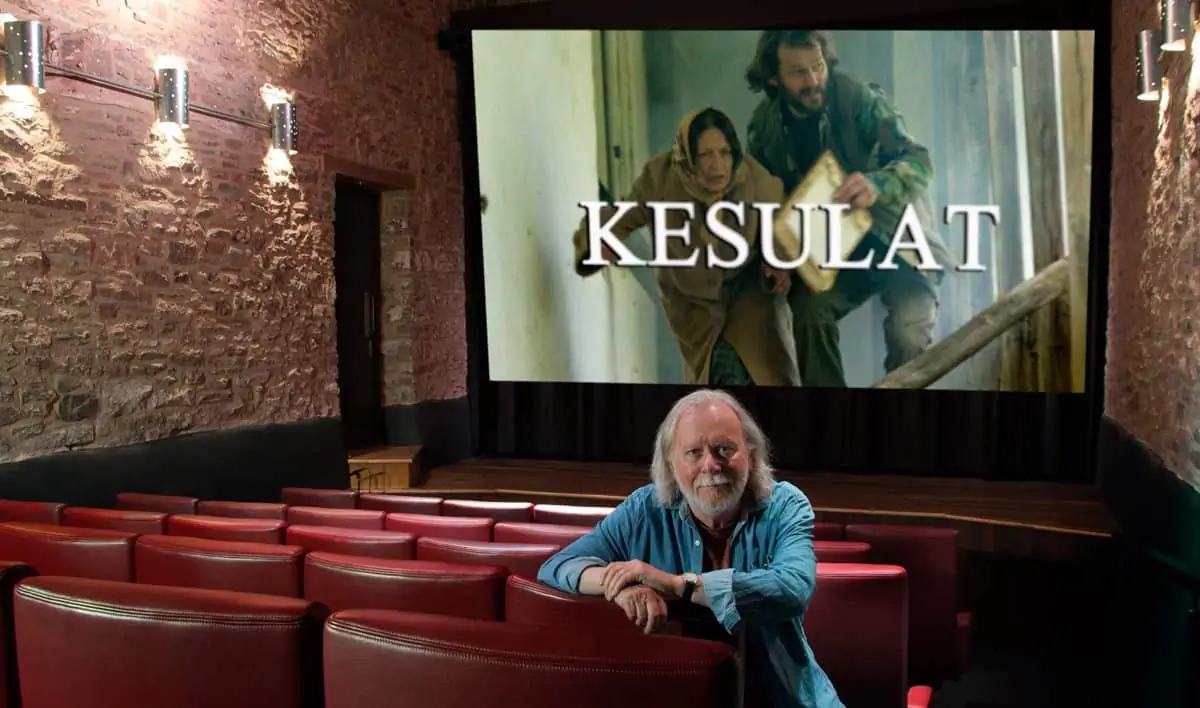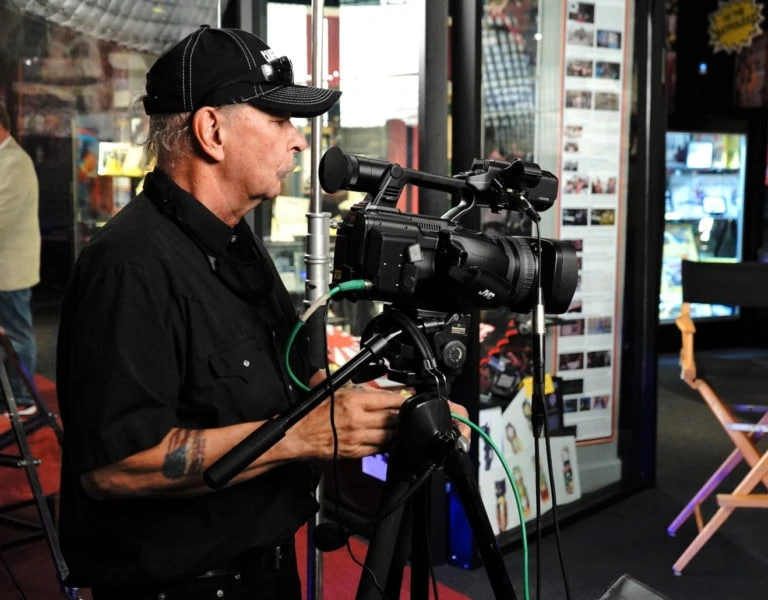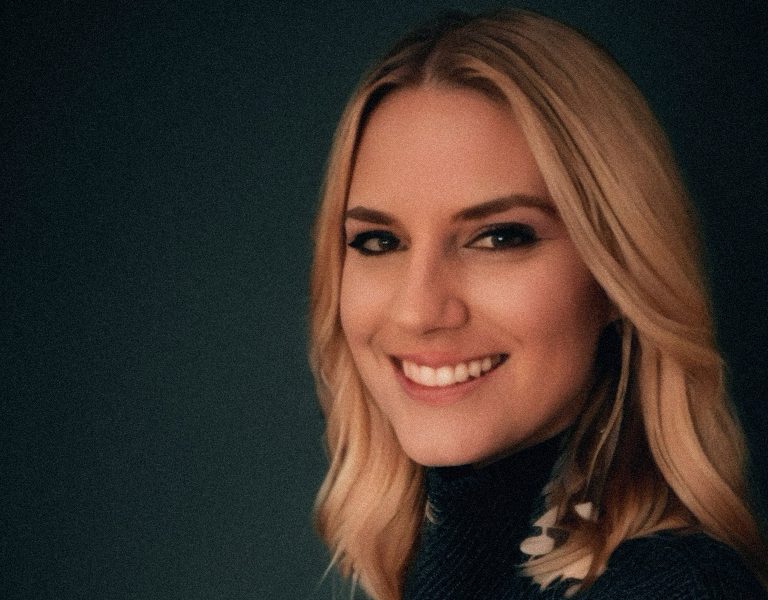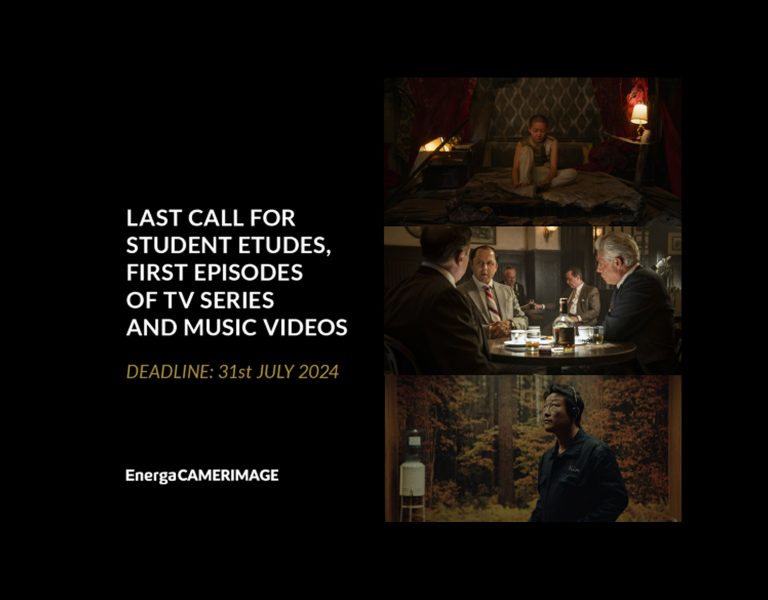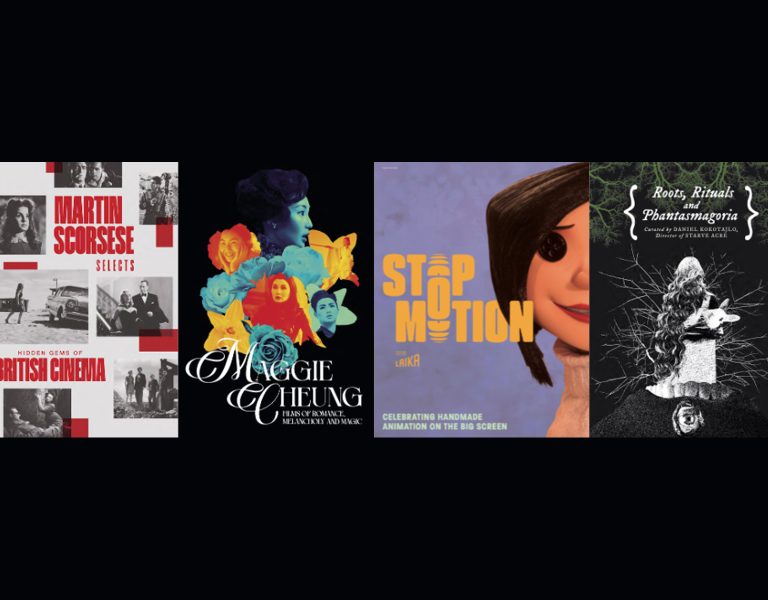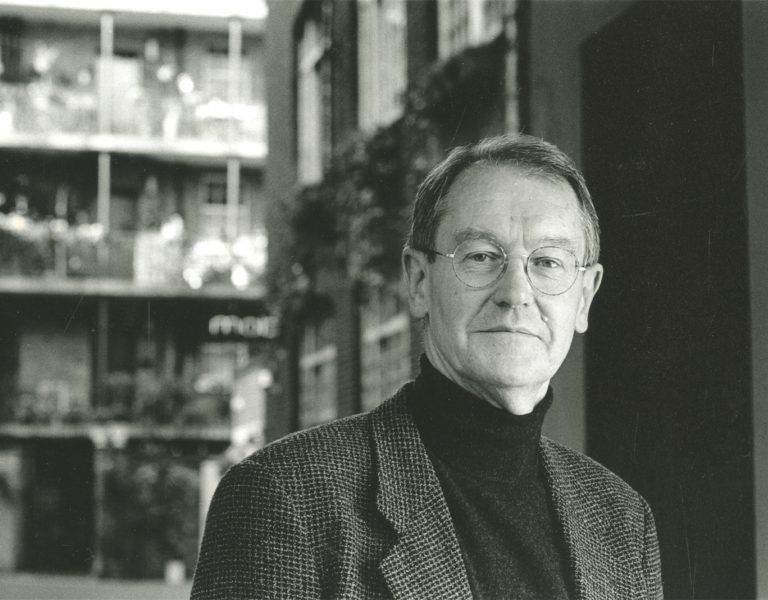
DP Andy Alderslade wrote in with details about I’m Not in Love, a romantic comedy set in North London, directed by Col Spector, starring Al Weaver and Cristina Catalina.
“Col approached me for his third feature, I’m Not in Love. It’s about Rob (Al Weaver) who, on receiving a marriage ultimatum from his girlfriend Marta, goes on a journey to find the reality of romance.
As always, making this film affordably was a priority as Col had a tight budget to work with. Originally, we looked at indie romantic/drama material, like The Big Sick, but Col explored the classic Woody Allen and Gordon Willis ASC films and quickly became excited. What thrilled him was not the crisp monochrome of Manhattan or the naturalism of Annie Hall, but the elegant lack of coverage. Willis’s movies had individual shots lasting entire scenes.
I had learned the key to low-budget features was to essentially sprint through shots in a day and to limit takes. But this required another approach: fewer shots, but to craft them more ambitiously. For this I knew we were going to have to employ camera movement with dollies and sliders to work around the actors.
With the cost of shooting at London locations, I was concerned we would have to use a consumer camera. However, Movietech were able to provide us with an Alexa XT. With the popularity of Alexa Minis, many wonderful XTs now sit on shelves, these are still great cameras able to produce sophisticated images.
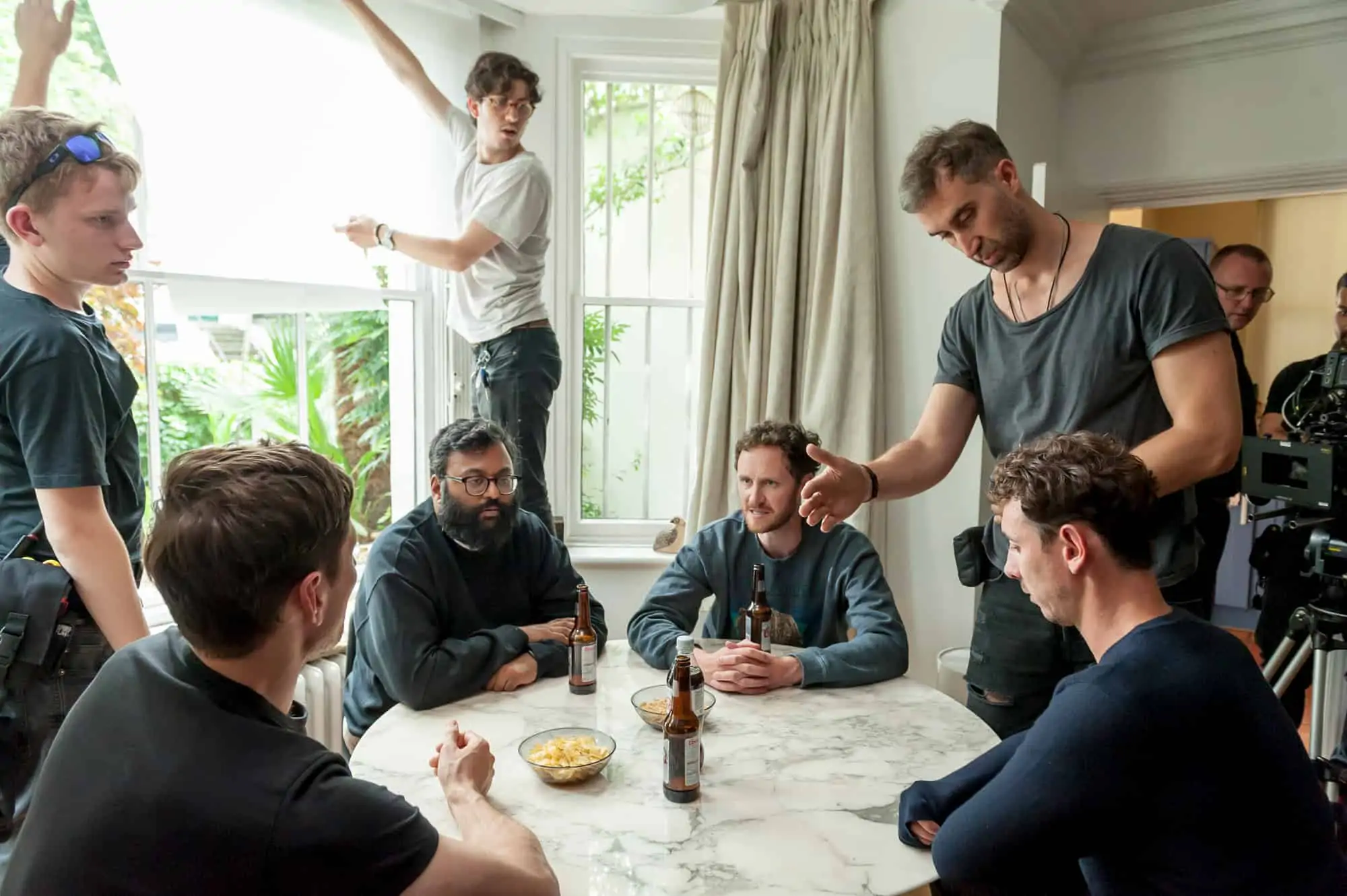
We kept everything simple: no remote follow focus or even a PeeWee dolly. Instead we embraced a standard doorway dolly, provided with additional ‘wheel-troughs’ for quick changes and to minimise wheel compression.
For lenses we employed my personal set of Cintek Celeré primes, being reliably sharp over T2.4, yet very graceful. In Gordon Willis fashion (who was partial for a 35mm) we shot predominately on the 36mm, with limited distortion yet it allowed us to work within confined locations and use those constraints for creative advantage.
I shot at 1250ISO for softer highlights and felt comfortable with grain. The high ISO meant exposure was easy, but we lit for shape, using lamps from Greenkit. Thanks to their generosity and again by relooking at superseded technology we made it work. This meant embracing a Kinoflo Celeb over a Freestyle or a 2.5K Fresnel over an M18. Rarely would any lights be direct, all were draped in silk or sheets. Lighting for single-shot scenes faces specific challenges, you cannot finesse the close-up after completing the wide shot, as both could be included in a single shot. Subsequently lighting became about finding and developing elegant simplicity.
Given the difficulties, I expected Col to navigate away from the Willis approach as the shoot endured, however quite the opposite. We quickly learned to be cautious of its limitations, in particular watching out for thins being boring. If a take felt boring we would develop it further, with the actors and camera working together or accept we needed close-ups.”

